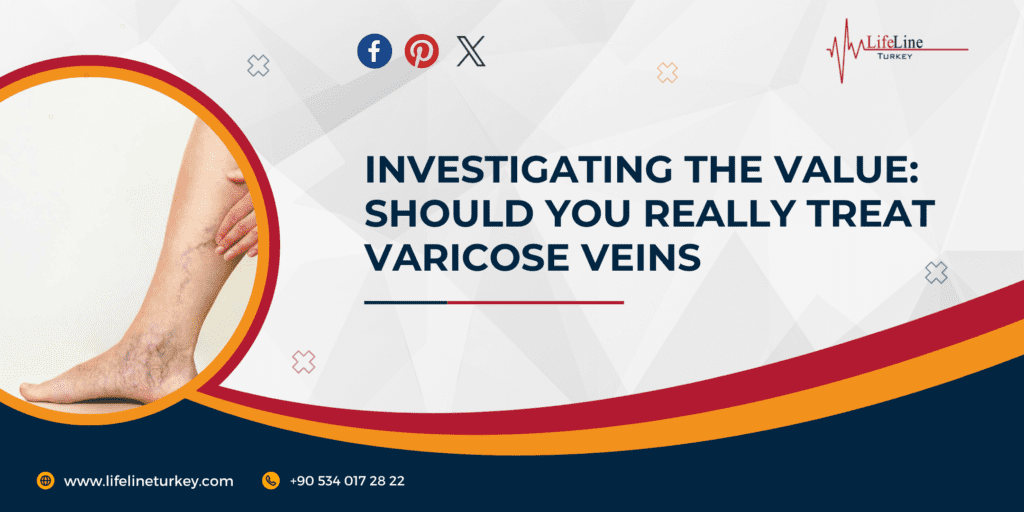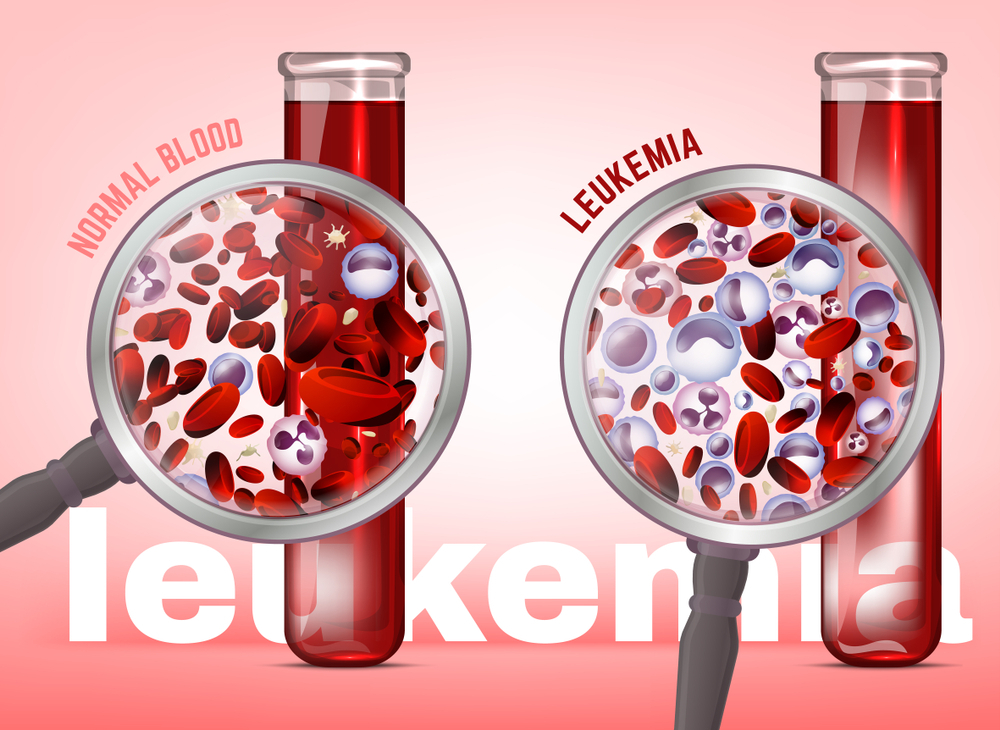Varicose veins, often characterized by swollen, twisted veins that can be seen just beneath the skin’s surface, affect millions worldwide. While they are generally considered a cosmetic concern, the question of whether or not to treat varicose veins goes beyond aesthetics. This blog explores the medical aspects, potential complications, and the value of treating Varicose Veins in Turkey.
Understanding Varicose Veins
Varicose veins occur when the valves fail to function correctly, causing blood to pool in the veins and leading to their characteristic bulging appearance. They are most commonly found in the legs and can cause symptoms such as pain, heaviness, and swelling. While many individuals seek treatment for cosmetic reasons, it’s crucial to consider the potential health implications associated with untreated varicose veins.
Medical Implications
- Persistent Pain and Discomfort
If you experience consistent pain, aching, or discomfort in the affected area, it could indicate that your varicose veins are causing more than cosmetic concerns. Persistent pain should not be ignored, and seeking medical advice is essential.
- Swelling and Edema
Swelling in the legs and ankles, especially at the end of the day or after prolonged periods of sitting or standing, can be a sign of venous insufficiency. If varicose veins accompany this swelling, it may be time to consider treatment.
- Skin Changes and Discoloration
Changes in skin color, especially around the ankles, such as redness or darkening, may indicate a more advanced stage of venous insufficiency. Skin discoloration suggests blood is not flowing correctly and may pool in the affected veins.
- Ulcers or Sores
Venous ulcers and open sores that often occur near the ankle can develop in severe cases of varicose veins. If you notice the presence of ulcers, it is a clear sign that the condition needs attention.
- Throbbing or Heaviness
A persistent sensation of throbbing or heaviness in the legs, especially at the end of the day, could indicate increased pressure in the veins. This discomfort may be relieved with appropriate treatment.
- Itching and Irritation
Varicose veins can lead to itching and irritation on the skin’s surface. If scratching becomes frequent and the skin appears irritated, it may signal that the veins need attention.
- Visible Changes in the Veins
While the cosmetic aspect alone may not necessitate treatment, if you notice a change in the appearance of your varicose veins, such as increased size, a darker color, or the development of new veins, it may indicate that the condition is progressing.
- Difficulty in Daily Activities
If varicose veins interfere with your ability to perform daily activities or impact your quality of life, it may be time to explore treatment options. It could include limitations in walking, standing, or participating in physical activities due to pain or discomfort.
- History of Blood Clots or Other Complications
If you have a history of blood clots or other vascular complications, treating varicose veins becomes even more critical. Varicose veins may contribute to or indicate underlying circulatory issues that need attention.
Treatment Options
- Minimally Invasive Procedures:
- Endovenous Laser Treatment (EVLT): Varicose Vein Laser Treatment in Turkey uses laser energy to close off the affected vein. A thin laser fiber is inserted into the vein, and the heat generated seals the vein, redirecting blood flow to healthier vessels.
- Radiofrequency Ablation (RFA): Like EVLT, RFA uses radiofrequency energy to heat and close the vein, rerouting blood flow.
- Sclerotherapy:
- Liquid Sclerotherapy: Injecting a solution directly into the varicose vein, causing it to collapse and close. The blood is then rerouted to healthier veins. It is commonly used for smaller varicose veins and spider veins.
- Foam Sclerotherapy: This variation injects a foamy mixture of the sclerosing solution into the vein. Foam is particularly effective for more prominent veins.
- Ambulatory Phlebectomy:
It is a minimally invasive surgical procedure where small incisions are made to remove segments of the varicose veins. It is suitable for surface veins that are visible and close to the skin.
- Vein Stripping and Ligation:
- Vein Stripping: A more traditional surgical approach, vein stripping involves removing the problematic vein through small incisions. It is usually reserved for severe cases.
- Ligation: This involves tying off the affected vein to redirect blood flow. Ligation may be combined with vein stripping or performed on its own.
- Endoscopic Vein Surgery:
It is a surgical procedure where a thin tube with a camera (endoscope) is inserted into the vein to visualize and remove it. It is typically used for more severe cases or when other treatments fail.
- Laser and Radiofrequency Techniques for Surface Veins
These techniques are designed explicitly for smaller varicose and spider veins near the skin’s surface.
Weighing the Pros and Cons
- Cosmetic vs. Medical Considerations:
Individuals often seek treatment for varicose veins due to cosmetic concerns. However, it’s crucial to balance aesthetic desires with the potential medical consequences of untreated venous issues.
- Quality of Life:
Consider the impact of varicose veins on daily life. If pain, discomfort, or physical activity limitations affect quality of life, pursuing treatment may be a viable option.
- Individualized Approach:
Treating varicose veins should be based on an individualized assessment, considering overall health, symptoms, and personal preferences.
Consult Professionals for Varicose Veins Treatment
The decision for Varicose Veins Treatment in Turkey should be well-informed and individualized. While cosmetic concerns are valid, it’s essential to recognize the potential medical implications and consider the range of available treatment options. Consulting with Lifeline Turkey healthcare professionals is crucial in determining the most suitable approach based on an individual’s unique circumstances. Ultimately, balancing cosmetic desires with health considerations will contribute to a well-rounded decision regarding treating varicose veins.


